
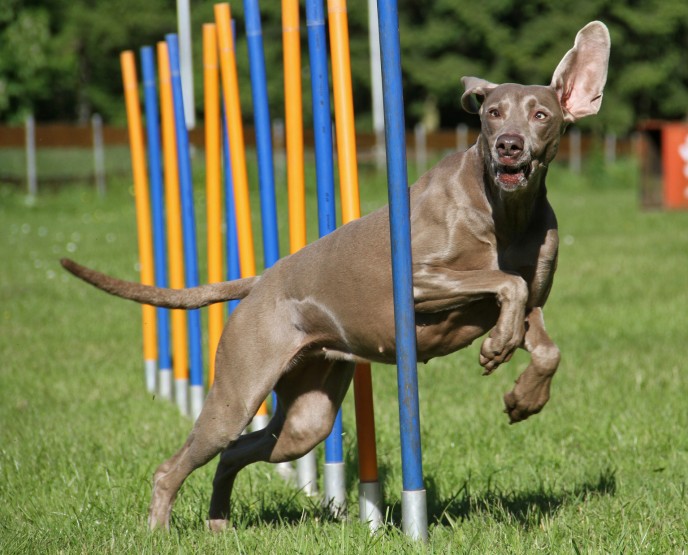
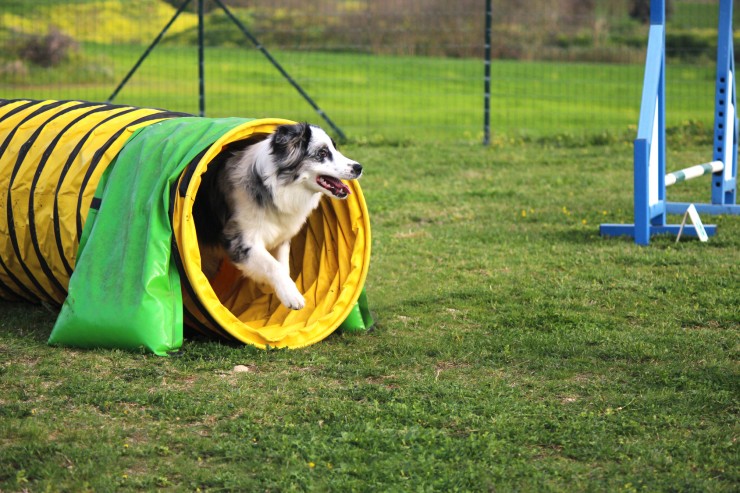
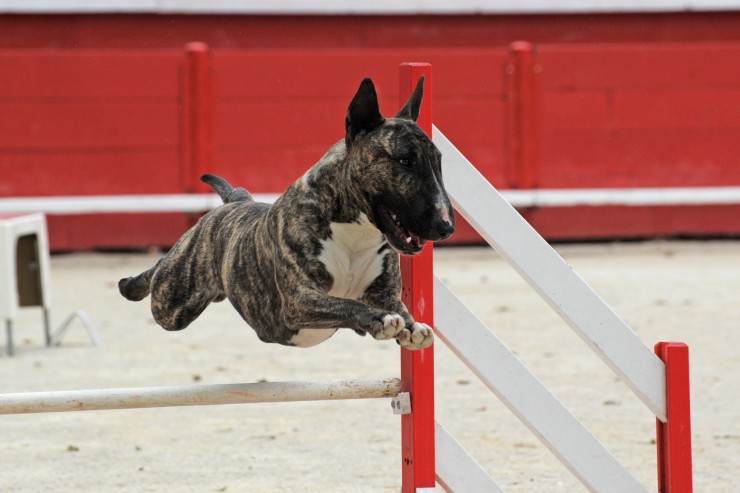
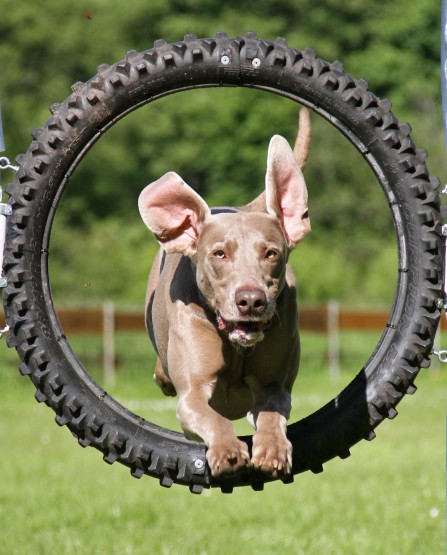
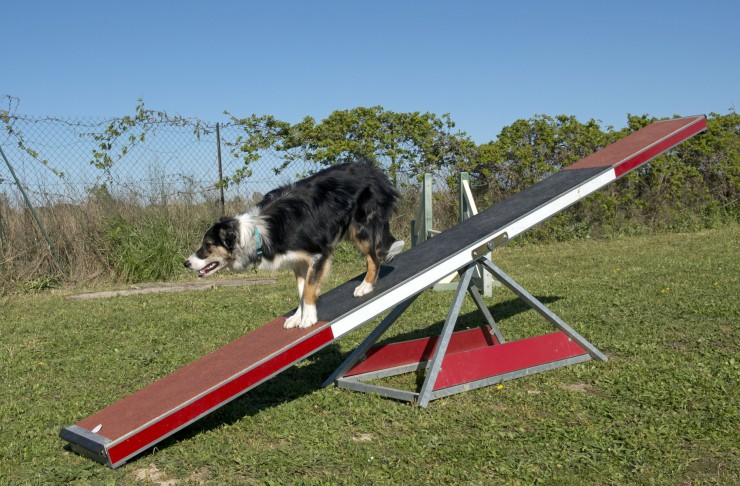
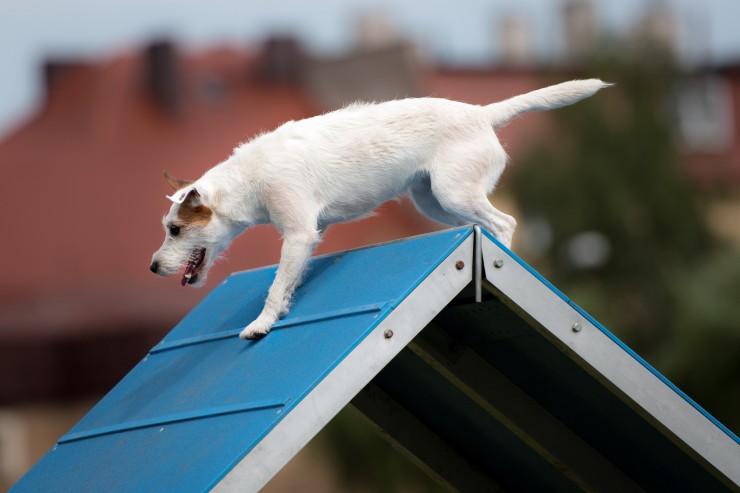
Dog agility is the fastest growing canine sport in the UK, and one that a significant number of dog owners are already involved in. Many more dog lovers enjoy watching dog agility competitions, or aspire to getting involved in agility with their own dogs, and there are a great many potential benefits for dogs that do take part in such activities, including better health and fitness, improvement in training and command responses, and socialisation with other dogs and people too.
While some dogs tend to be poorly suited to agility, many others, including the Hungarian Vizsla, Springer spaniel and Border collie usually take to agility like a duck to water, and unless your dog is particularly sedentary or allergic to exercise, it is certainly work giving it a whirl, if only for fun rather than in a competitive way.
Many pieces of dog agility equipment are now available to buy at retail prices aimed at the private dog owner, rather than being designed specifically for clubs and competitions with prices to match, and so in this article we will look at some of the most commonly used pieces of dog agility equipment, and what they are designed to achieve. Read on to learn more!
Weaving poles are the canine equivalent of a gymkhana skill for horse and pony riders called bending, which involves a straight course of flexible poles spaced out at set distances for dogs to weave through.
The ideas is that your dog uses the poles to weave back and forth through in one direction, before turning in a tight curve at the end of the row and returning through the poles to the starting position.
This type of agility work is designed to improve the dog’s running speed, cornering skills and accuracy at high speeds, making your dog think about what they are doing while also maintaining a rapid pace.
Chutes or collapsible tunnels are a form of flexible tube, which usually consists of an open hoop at one end, leading into a fabric tube that your dog must push through in order to exit, literally by means of finding “the light at the end of the tunnel!”
These obstacles are not meant to test your dog’s speed or skill so much as their confidence, in terms of encouraging them to enter what appears to be a “trap” with no exit, work out how to exit it, and continue to do so without turning around to go back out through the entrance, all while they cannot see where they are going nor where their handler is.
In order to keep the tunnel open, your dog needs to maintain their pace through it, and while the tunnel will obviously not harm your dog if it collapses in on them, this adds an additional element of uncertainty to test your dog!
The intention of tunnel chutes in dog agility is to improve your dog’s confidence and ability, and willingness to follow commands, even when their instincts tell them to get out!
One of the most ubiquitous and commonly used agility obstacles are jumps, like you would see in equestrian show jumping, but on a smaller scale! These small, colourful fences are constructed of two bases, called stands or wings, with further horizontal poles supported by them, which can be adjusted to various different heights.
Jumps are useful for building your pet’s stamina and fitness, as well as increasing their musculature and flexibility as they progress. They also help your dogs to develop control and coordination on the fly, as the idea is that the dog leaps the fence without dislodging any of the poles!
Hoop or ring jumps are a more complex form of jumping obstacle, such as you might see used in higher level agility competitions or in canine displays at the circus!
Hoops or rings are suspended off the ground at variable heights, and the intention is that your dog should jump through the hoop without making contact with it, otherwise the hoop will fall over and your dog will have to take the obstacle again. Higher level skills may involve jumping through more than one hoop at a time, or jumping through a series of hoops with gaps between them that may be placed at different heights, or get progressively smaller.
These obstacles help to teach your dog precision, control and how to pace themselves in order to execute a good jump, as well as contributing to flexibility and muscle tone too.
See-saw obstacles consist of coloured contact points at either end, along a flat plank that is suspended at the middle to tip either way. Dogs should step onto the plank on the first contact point, move along it until the plank tilts over to the other end, and not come off the obstacle without making contact with the other contact point and with the end of the plank on the ground.
These obstacles are designed to test your dog’s balance, accuracy and self-control, as they force the dog to slow down and stay on point in the middle of an exciting, high-speed round. Responsiveness to commands can also be enhanced with obstacles of this type, as the handler of the dog will direct them as to when they should jump off the see-saw, and leaving the obstacle too early means penalisation for failing to hit the last contact point.
There are sixteen different types of agility obstacles that can be used in combination in formal, Kennel Club approved agility competitions, and these are just five of them; however, they are also the five most common pieces, and the ones that agility novices, or those who simply wish to try out agility at home are recommended to start with.
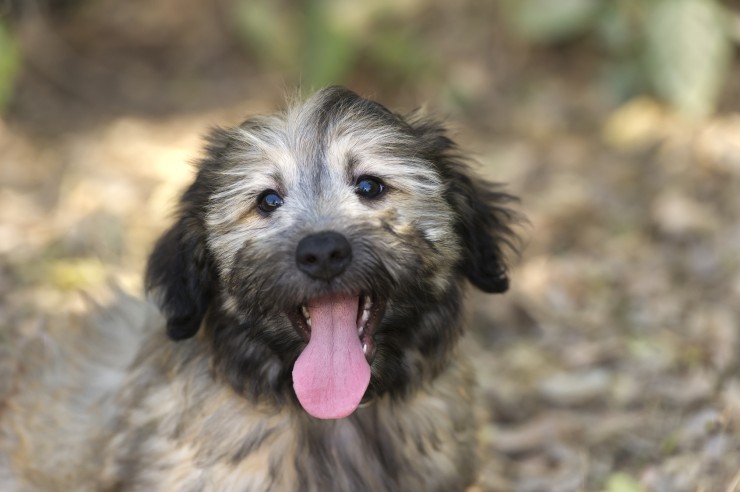 4 Common Myths About Canine Spaying And Neutering
4 Common Myths About Canine Spaying And Neutering
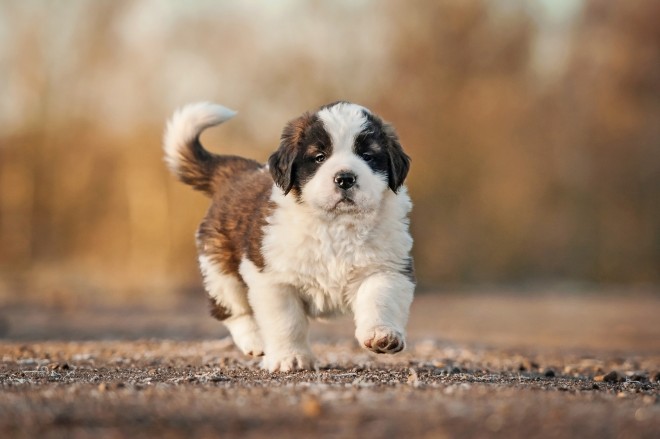 Are You Inadvertently Sabotaging Your Dog’s Recall Reliability?
Are You Inadvertently Sabotaging Your Dog’s Recall Reliability?
 Is Feeding Fish To Your Cat A Good Idea?
Is Feeding Fish To Your Cat A Good Idea?
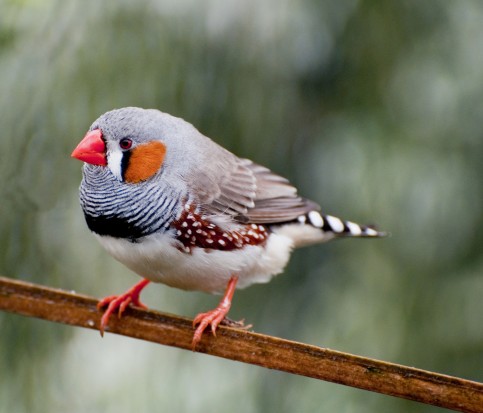 Bird Profile - Zebra Finch
Bird Profile - Zebra Finch
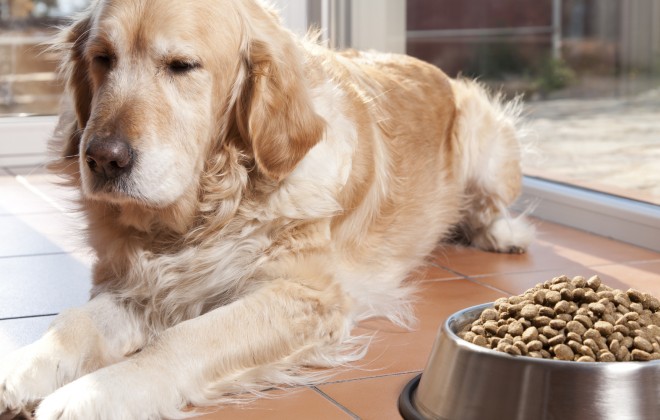 Seven Indications That You Need To Change Your Dog Food
Seven Indications That You Need To Change Your Dog Food
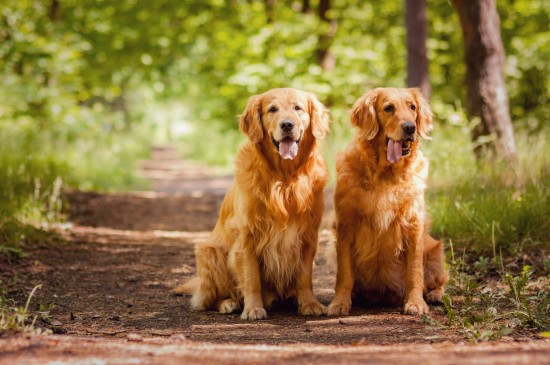 How The Behaviour Of An Un-neutered Male Dog Differs From That Of A Neutered Dog
How The Behaviour Of An Un-neutered Male Dog Differs From That Of A Neutered Dog
Copyright © 2005-2016 Pet Information All Rights Reserved
Contact us: www162date@outlook.com